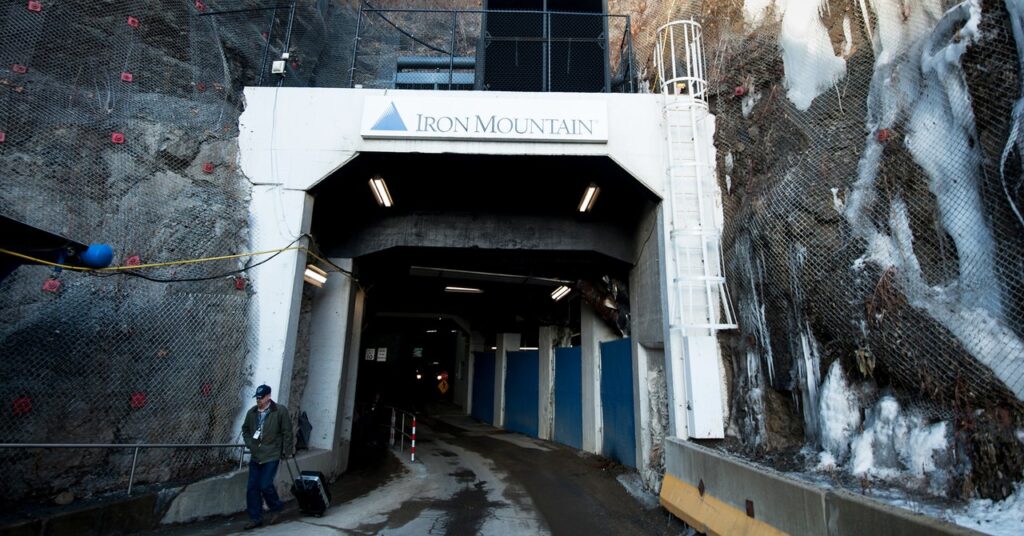Along with the Civil Service Commission, other federal agencies, including the National Archives, the Office of Civil Defense (the precursor to the Federal Emergency Management Agency), and the Social Security Administration began storing records in the Boyers facility around the same time. J. G. Franz, then office manager of the Boyers mine, told a newspaper reporter in 1966 that federal agencies have “backup equipment for everything” stored in a special area of Boyers to protect the records in the event of nuclear fallout.
Franz told a local newspaper that workers “hope we will never have to worry about a nuclear explosion,” but that if one happened, the mine would be safely sealed off, according to newspaper archives reviewed by WIRED. “The mine is equipped with a 30-day supply of food and supplies for all of the employees.”
At the time, the staff at Boyers were reportedly able to process about 600 pounds of records each day bussed to the facility straight from Washington, DC. They relied on the recently constructed interstate highway system for timely deliveries. In fact, the federal government built an exit off Pennsylvania’s Interstate 80 specifically for “quick access to the mine in case of an emergency,” according to an article in the Pittsburgh Press.
There are other practical benefits that make old mines a good place to store records. For one, their typically rural and secluded settings create a layer of natural security from other types of threats. Repurposed mines provide “excellent fire protection,” and immunity from events like “flood, theft, civil disorder, aircraft crashes, tornadoes, lightning,” noted a 1999 Iron Mountain presentation for the National Archives.
Carmichael tells WIRED that access to the underground facilities he’s visited tends to be tightly controlled, often through heavily guarded entrances. These facilities also frequently have maze-like designs that would likely discourage or confuse thieves if they somehow got inside.
Several current managers of repurposed limestone mines told WIRED that their caves are naturally between 55 and 70 degrees Fahrenheit, optimal temperature for most storage situations. John Smith, director of industrial real estate for the company that manages the limestone storage facility Carefree Industrial Park near Kansas City, Missouri, said that this means utility costs are “dramatically lower” compared to above-ground facilities. His main expenses are associated with ventilation, since caves tend to be very humid.
It All Goes Wrong
Shortly before the Civil Service Commission arrived at Boyers, the US federal retirement apparatus was a mess. A 1951 government report found that “an adequate record system” wasn’t even in place yet and urged Congress to “insist” one be created. At first, it seemed like the team at Boyers was able to turn things around. The News-Herald reported in 1966 that with just 55 employees, the system at the mine was operating “with the same efficiency and effectiveness as it used to in Washington, DC.”
However, as the number of retirees continued to climb, things fell into disarray. By the early 1980s, the Office of Personnel Management was being audited to find the root causes of excessive delays in processing retirement claims. In 1981, the Government Accountability Office recommended that OPM “develop a long-term plan for automating the retirement claims process.”







